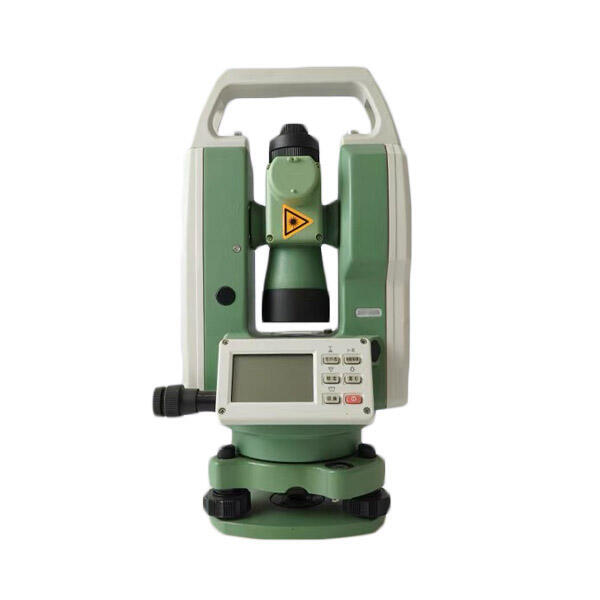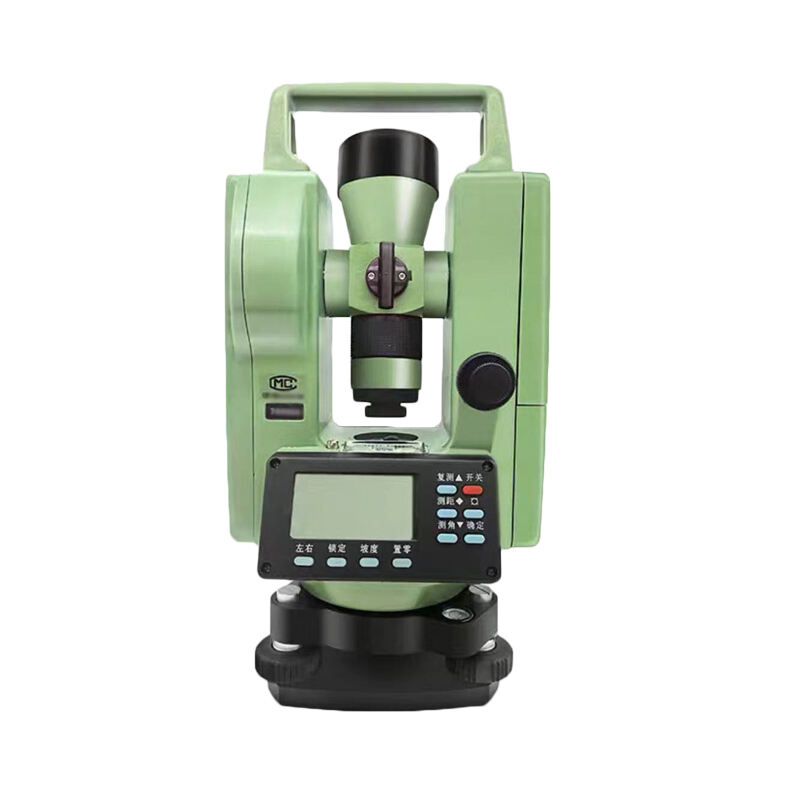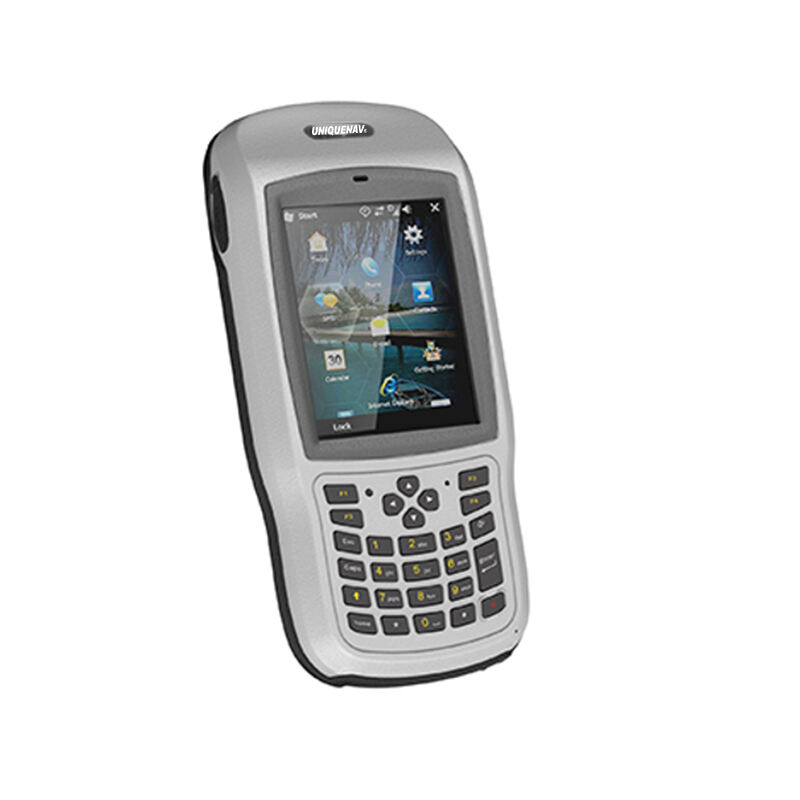optical mechanical theodolite
The optical mechanical theodolite stands as a fundamental surveying instrument that combines precision optics with mechanical engineering to measure both horizontal and vertical angles with remarkable accuracy. This sophisticated instrument consists of precisely calibrated circles, telescopic sights, and leveling mechanisms that work in harmony to provide accurate measurements in various surveying applications. At its core, the device features a rotating telescope mounted within horizontal and vertical graduated circles, allowing surveyors to determine angles by taking readings from these precisely marked scales. The instrument's design incorporates essential components such as spirit levels for accurate leveling, focusing knobs for clear target acquisition, and micrometers for precise angle readings. Modern optical mechanical theodolites often include features like optical plummets for exact positioning over survey points and illumination systems for working in low-light conditions. These instruments prove invaluable in applications ranging from construction layout and topographical surveying to mining operations and structural monitoring. Their robust mechanical construction ensures reliability in challenging field conditions, while their optical precision maintains accuracy throughout extended use.


